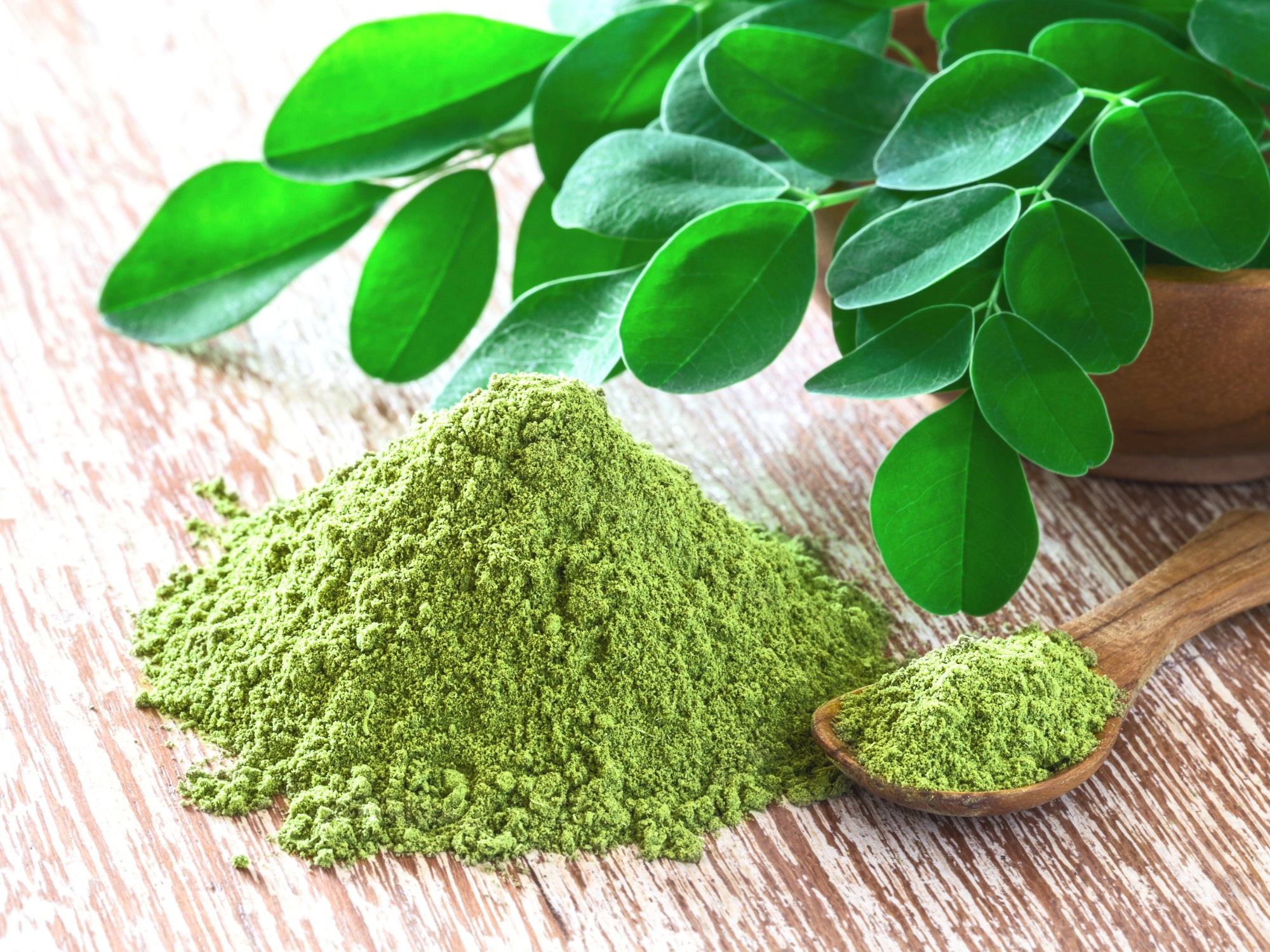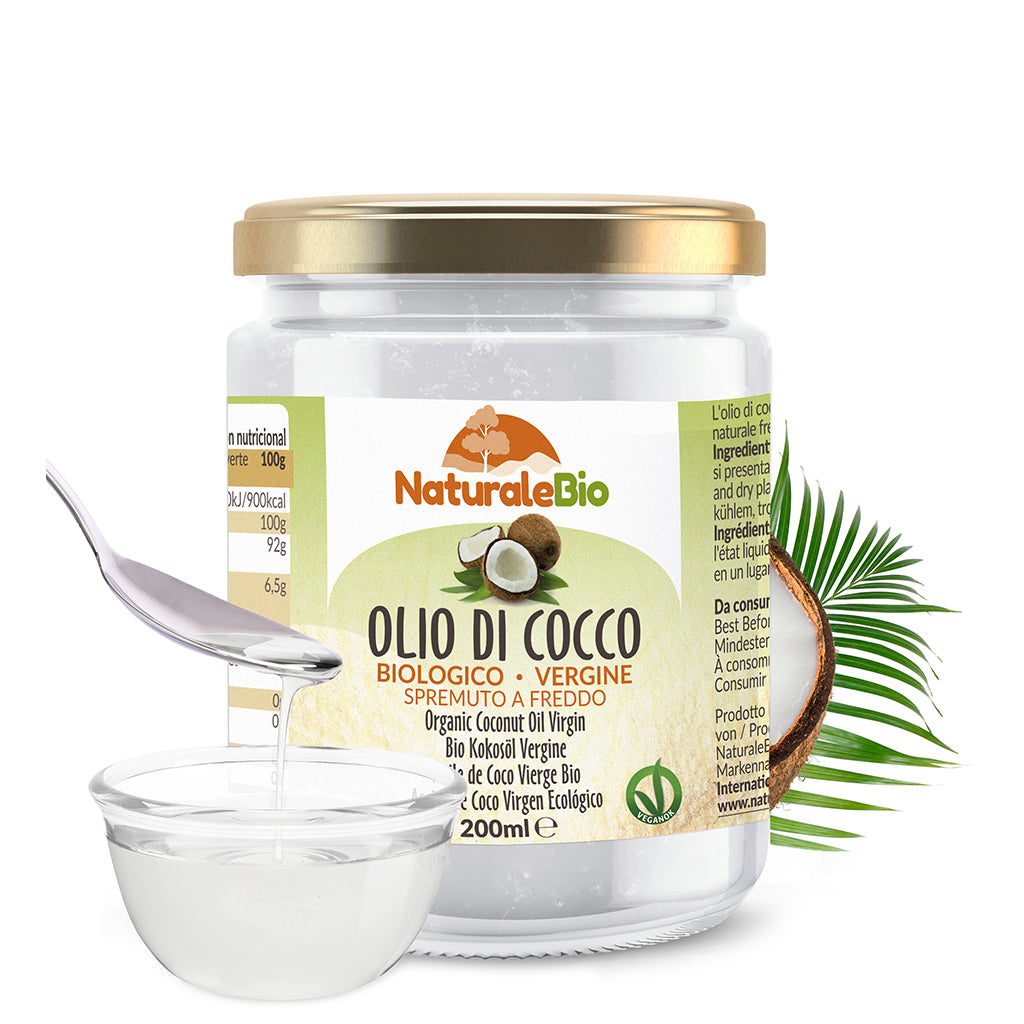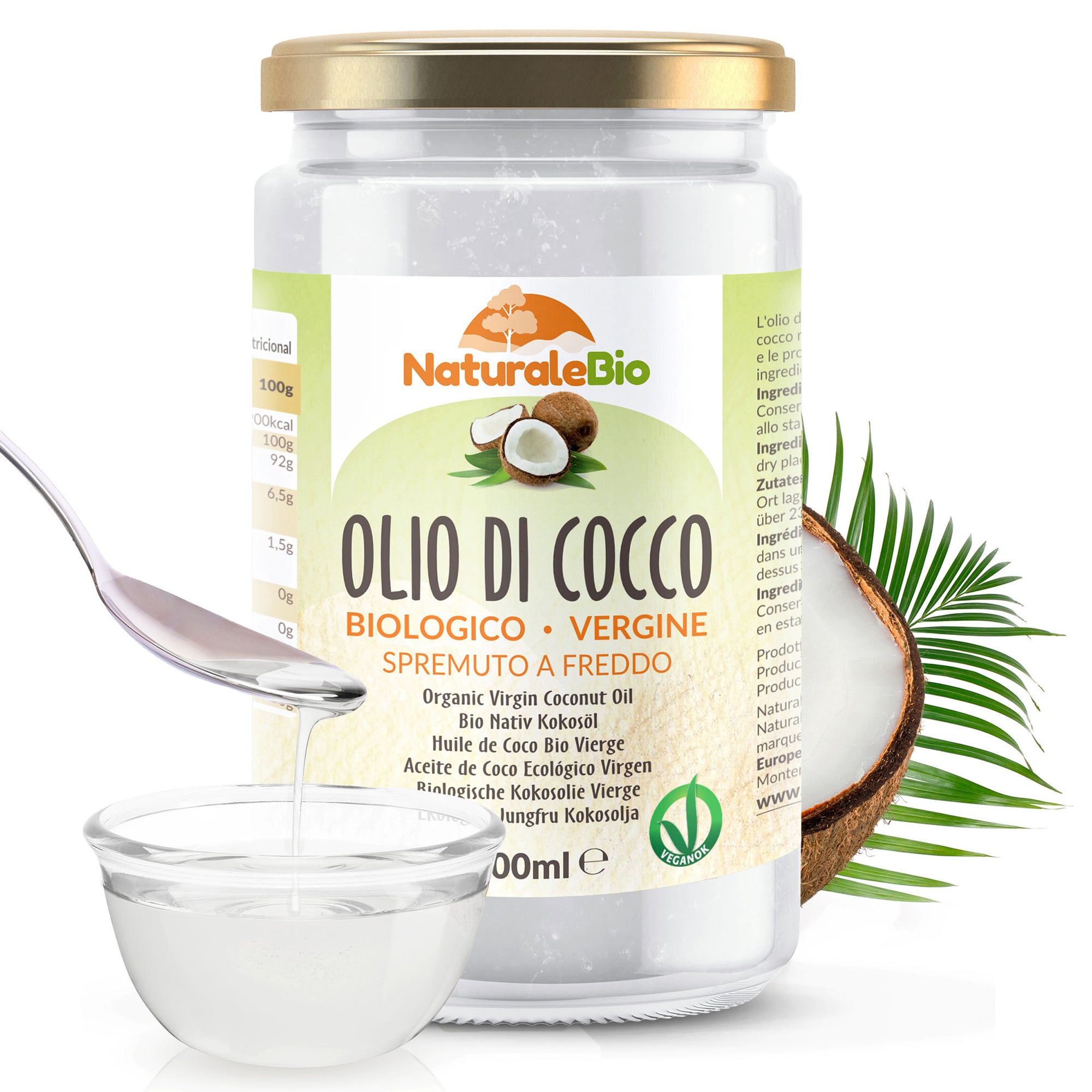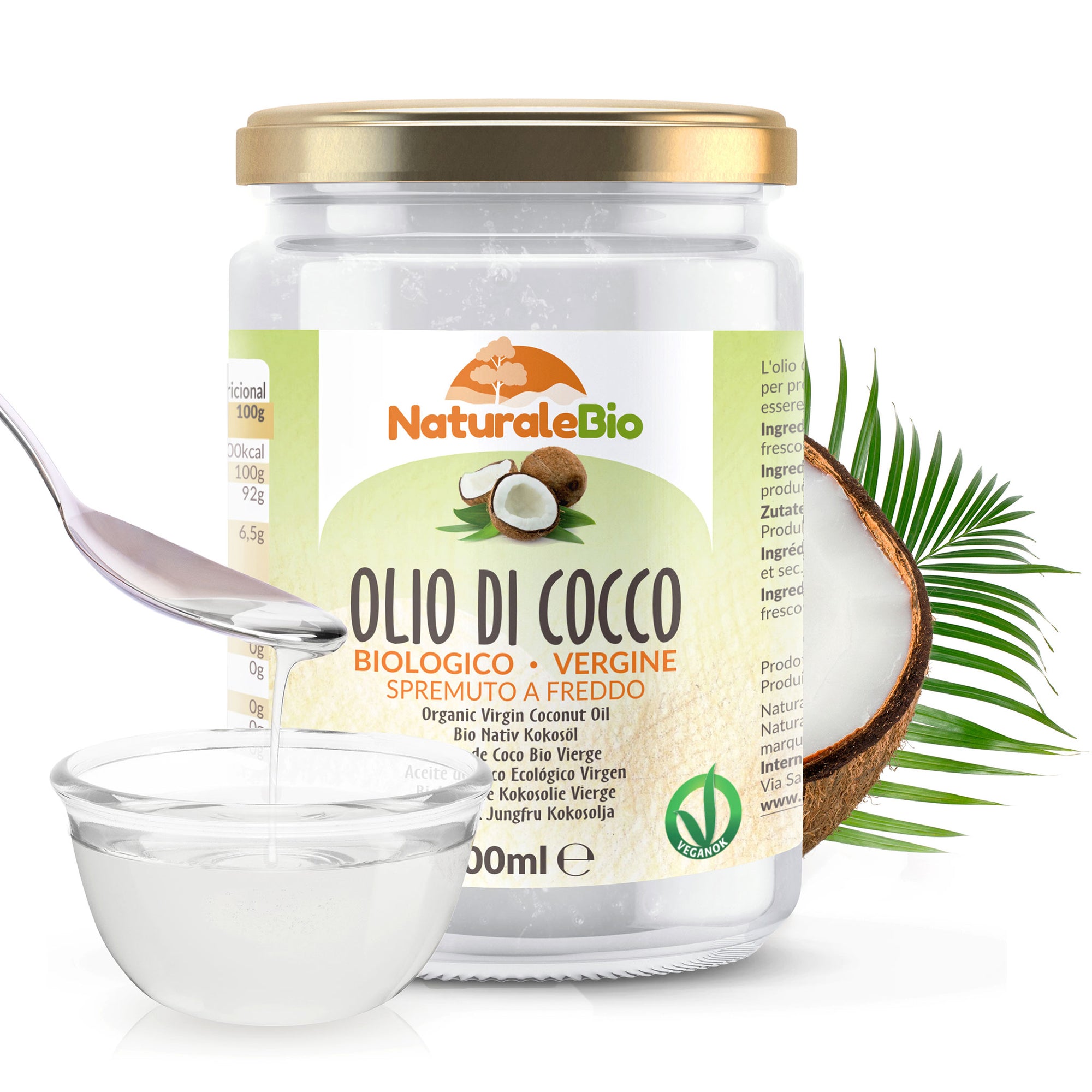
Moringa Oleifera: Benefits, Uses, and Delicious Recipes
Moringa Oleifera is an extremely versatile and sustainable superfood: almost no part of its plant goes to waste, thanks to its richness in active ingredients beneficial for the entire body. Among these, the leaves are the most valuable and widely used.
Let's explore the properties of moringa, its benefits, uses, and recipes for this bright green powder from specific hot areas of Asia and Africa.
Moringa: Origin and Processing
Moringa grows mainly in tropical and equatorial regions, from Eastern and Southwestern Africa to Madagascar, the Middle East, and India. NaturaleBio's moringa comes from organic farms in India, controlled by the Indian Ministry of Agriculture.
It grows on mixed soils but thrives in a warm, sunny climate; under optimal conditions, it can reach almost 10 meters in height.
This extraordinary plant is entirely edible: seeds, flowers, and leaves are all consumable.
The most precious part is the leaves: carefully harvested and selected, they undergo a slow drying process followed by grinding into a very fine powder with a distinctive bright green color.
Properties and Nutritional Values of Moringa Oleifera
Its greatest quality is the richness of micronutrients, especially minerals.
It is particularly rich in iron, essential for the well-being of the body, crucial for strengthening the immune system, supporting cognitive functions, and combating physical and mental fatigue.
Another significant aid against fatigue and for the strength of muscles, bones, and teeth is calcium: this is one of the reasons why powdered moringa is highly favored by athletes as a supplement to a balanced diet.
Moringa also contains a good dose of vitamins A and C, as well as dietary fibers, which are essential for the proper functioning of the digestive system.
How to Take Moringa Powder
How to recognize quality moringa powder and how to consume it?
Moringa in the Kitchen
First of all, the green color, neither too light nor too dark, should be bright. The fragrance is similar to the herbaceous smell of hay or a freshly mowed lawn, very pleasant.
The taste is rather neutral, which is a positive aspect because it means it can be added to any preparation. For breakfast, it can be dissolved in yogurt, juices, and smoothies, in hot or cold drinks.
But not only that: moringa is also perfect as an ingredient in both sweet and savory doughs, for bread, focaccia, biscuits, and cakes. It can even be sprinkled on roasts and potatoes, vegetables, and salads to give an extra health boost.
The recipe that will really impress everyone is the moringa-based pesto to dress pasta!
Moringa for Beauty
Another key feature of good moringa is the fineness of the powder, which should be perfectly soluble without leaving residues once mixed.
This makes it suitable for beauty preparations as well, as an adjunct to the daily beauty routine.
Mixed with other ingredients, such as coconut oil, it becomes a fantastic nourishing mask for hair and face.
Moringa: Contraindications
There are few and limited contraindications to the consumption of Moringa Oleifera: while the benefits are extensive, especially in terms of excellent mineral and vitamin intake, what should be watched out for?
The roots should be avoided or consumed in very small quantities, although they are used in some typical dishes of the production areas for flavoring.
Extra care should always be taken during pregnancy or if there are particular pathologies, always consulting your trusted doctor before taking any type of dietary supplement.
Nettle and Moringa Pesto Recipe
Preparation time: ~15 minutes
To enjoy all the properties of nettle and moringa, here is a delicious recipe for a creamy pesto with which you can dress any type of pasta.
Ingredients
6 bunches of nettle leaves (about 150 g)
2 tablespoons of NaturaleBio Moringa Powder
110 g of Parmesan cheese
120 g of shelled walnuts
1 clove of garlic
Juice of half a lime
80 g of extra virgin olive oil
Salt and pepper to taste, chili pepper (optional)
Preparation
With gloves on, detach the leaves from the nettle plant and blanch them in water for 5 minutes. Once cooked, drain them and put them in a bowl with ice to stop the cooking and preserve the color.
Put the nettle leaves in a blender and add the walnuts, garlic, lime, and finally the oil in a thin stream. Now add the cheese and moringa, adjust the salt and pepper, and add the chili pepper if you like. If too dense, add more olive oil.
You can use it to dress any type of fresh or dried pasta, rice, or quinoa.









0 comments